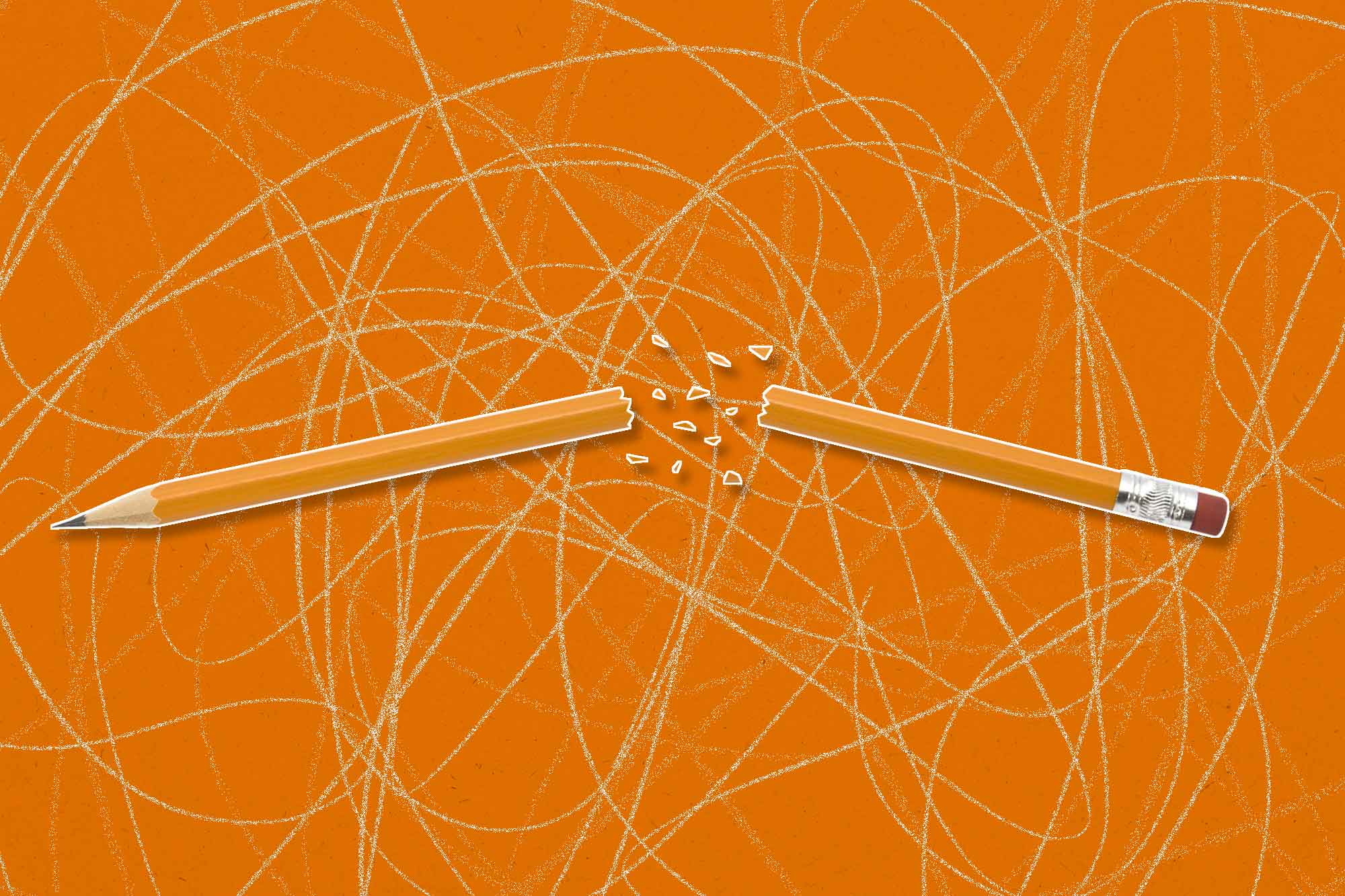Jennings’ research has shown that mindfulness practices employed in classrooms can improve teaching and learning by helping individuals see situational contexts more clearly, as well as understand the perspective of other people.
Recently, Jennings, has been considering the stressors put on teachers from outside of the classroom – and if mindfulness can play a role in reducing the impact of those, as well.
One significant stressor across much of education, according to Jennings, is the continued use of outdated education models originally developed during the Industrial Revolution.
“The public school systems operate in ways that do not align with 21st-century needs,” Jennings said. “The rigid time frames enforced by harsh bells, siloed content, segregated age groupings, and uniform expectations regarding learning processes and outcomes are remnants of the last century. The model is based on one that assumes children’s needs and developmental processes are uniform and that knowledge should be disseminated through teacher-directed methods.”
The frustration students and teachers experience is, in part, rooted in an education system that doesn’t align with modern learning and teaching needs, she said.
“The world is much more interconnected and interdependent, and we now know learning is a very complex and non-linear process,” Jennings said. “Today adults work in highly cooperative teams to solve problems and create.”
Stressors in the education system and in the classroom can distort perceptions of students and teachers, her research shows.
That means a teacher experiencing stress while monitoring a large group of students as they engage in learning and interact with one another is at risk of misinterpreting a student’s behavior, or vice versa.
A teacher experiencing high stress might misinterpret a student rummaging through their backpack as disrespectful or irresponsible when, in fact, the student may be having difficulty locating something they need for class. Similarly, a student’s stress response to the teacher might reinforce the teacher’s misinterpretation.






